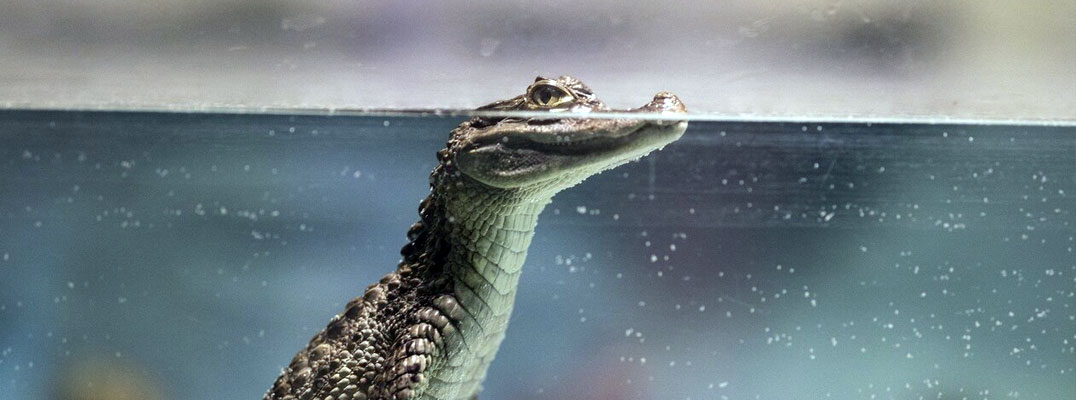It can pogo-stick along at 50-plus miles per hour, leaping 30-odd feet in a single bound. But that platinum-medal athleticism falls by the wayside at a sub-Saharan riverside, the source of life and death for the skittish impala stilling itself for a drink in 100-degree heat.
A Nile crocodile has silently baptized itself in that same muddy river for the past hour. When the unseen apex predator lashes from the water to seize the impala, its infamous teeth latch onto a hindquarter, jaws clenching with 5,000 pounds of force. Yet it’s the water itself that does the killing, with the deep-breathed reptile dragging its prey to the deep end to drown.
The success of the croc's ambush lies in the nanoscopic scuba tanks - hemoglobin - that course through its bloodstream, unloading oxygen from lungs to tissues at a slow but steady clip that allows it to go hours without air. The hyper-efficiency of that specialized hemoglobin has led some biologists to wonder why, of all the jawed vertebrates in all the world, crocodilians were the lone group to hit on such an optimal solution to make the most of a breath.
By statistically reconstructing and experimentally resurrecting the hemoglobin of an archosaur, the 240-million-year-old ancestor of all crocodilians and birds, the University of Nebraska-Lincoln's Jay Storz and colleagues have gleaned new insights into that why. Rather than requiring just a few key mutations, as earlier research suggested, the unique properties of crocodilian hemoglobin stemmed from 21 interconnected mutations that litter the intricate component of red blood cells.
The research work was published in Current Biology.
